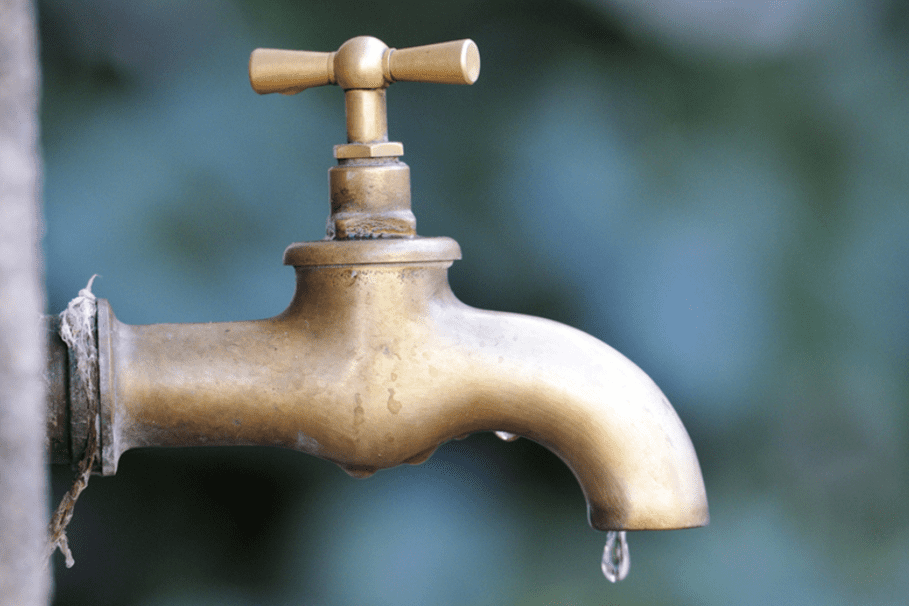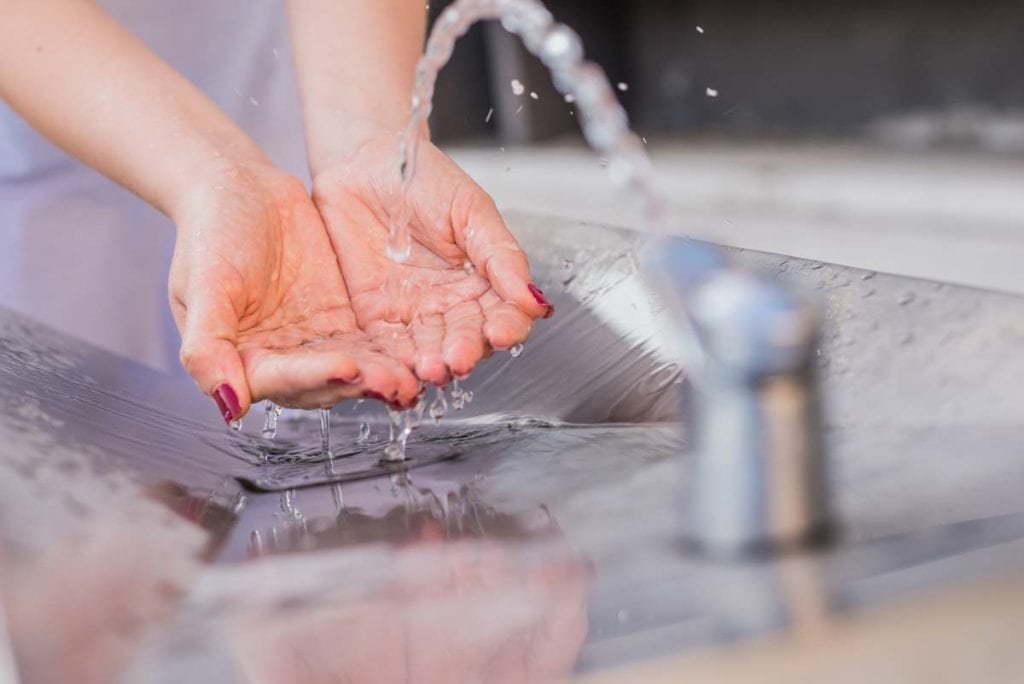5 Essential Hacks for Winterizing Your Pipes Against Frigid Temperatures
5 Essential Hacks for Winterizing Your Pipes Against Frigid Temperatures
Blog Article
Each person has got his or her own idea involving Winterizing Your Pipes.

All home owners that live in temperate environments need to do their best to winterize their pipelines. Failure to do so can lead to disaster like icy, cracked, or ruptured pipes.
Try a Hair Clothes Dryer or Heat Gun
When your pipes are nearly freezing, your dependable hair clothes dryer or warmth gun is a godsend. If the warm towels do not assist displace any kind of settling ice in your pipes, bowling hot air directly right into them might help. You may end up damaging your pipes while trying to melt the ice.
Open Up Closet Doors Hiding Plumbing
When it's chilly outside, it would be valuable to open up cabinet doors that are camouflaging your pipelines. Doing this little method can maintain your pipes warm and also restrict the potentially unsafe outcomes of freezing temperature levels.
Require Time to Wrap Exposed Pipeline
One cool and also easy hack to heat up icy pipes is to cover them with cozy towels. You can cover them initially with towels. After securing them in place, you can pour boiling water on the towels. Do it slowly to let the towels soak up the fluid. You can additionally utilize pre-soaked towels in hot water, simply don't forget to use protective gloves to guard your hands from the heat.
Switch on the Faucets
When the temperature level drops as well as it appears as if the frigid temperature will certainly last, it will help to transform on your water both inside your home and also outdoors. This will keep the water streaming via your plumbing systems. You'll end up squandering gallons of water this method.
When Pipes are Frozen, shut Off Water
If you see that your pipes are completely frozen or practically nearing that phase, transform off the major water shutoff instantly. You will normally find this in your cellar or utility room near the heater or the front wall surface closest to the street. Turn it off as soon as possible to stop more damages.
Do not neglect to shut external water sources, too, such as your hookup for the yard residence. Doing this will certainly protect against additional water from filling up your plumbing system. Sadly, with more water, more ice will accumulate, which will at some point bring about burst pipes. If you are uncertain regarding the state of your pipelines this winter months, it is best to call a specialist plumber for an examination. Taking this positive method can save you hundreds of bucks out of commission.
All house owners who live in pleasant climates have to do their finest to winterize their pipes. Failing to do so can mean catastrophe like icy, split, or burst pipelines. If the hot towels do not help dislodge any resolving ice in your pipes, bowling warm air straight right into them might aid. Turn off the major water shutoff right away if you notice that your pipelines are completely frozen or virtually nearing that phase. With more water, even more ice will load up, which will eventually lead to break pipelines.
PREVENT YOUR PIPES FROM FREEZING THIS WINTER
A Leading Cause of Property Damage
When the weather is taking a deep nose dive into the cold dreary days, the risk of your pipes freezing and potentially bursting skyrockets. Unfortunately, during these cold dreary months, burst pipes are the most common denominator for property damage. The pipes that are most at the risk are those that are in areas where it is most cold in your home. For instance, pipes located in interior places such as basements, attics, and your garage. Unfortunately, that doesn’t mean that the pipes running through your cabinets or exterior walls can’t freeze. Good news, however, is that you can do things to help prevent pipes from freezing.
How to Prevent Pipes From Freezing
Once the temperature starts to drop during the winter, you should be taking the proper measures needed to ensure that your pipes stay warm and that there is circulation of water through them. Some steps that experts may recommend could go against your better judgement when it comes to saving water and heat. However, it would go without saying that when expenses are compared, damaged pipes could put a bigger dent in your wallet than a water bill.
What Can I Do?
Keep your garage door closed. This is very important, especially if you have water supply lines running through your garage. Open your kitchen and bathroom cabinets to allow warm air to circulate through them. Allow air circulation throughout your home. Keeping the interior doors open will once again allow the warm air to circulate inside your home. Ensure your thermostat is running the same temperature throughout the night and day. If you plan to be away from home during the cold months, set your temperature no lower than 55° F. This should provide enough heat to keep the pipes warm and prevent any remaining water inside the pipes from freezing. For more of a long-term solution, add insulation to attics, basement, and other crawl spaces around your home. By allowing your faucet to drip, it will alleviate pressure in the system. This is important because the pressure that is created between the blockage and the faucet can potentially cause the pipes to burst. Allowing the faucet to drip will prevent the pressure from building up, therefore keeping the pipes from bursting. Seal any cracks, openings, and crawl spaces around your home to prevent cold air from coming inside. This keeps your pipes-not to mention your home-warmer and less susceptible to issues caused by freezing temperatures. For the pipes in your home that are easily accessible, applying electrical tape to them might prevent them from freezing over. This is a quick fix, as you can apply the tape directly to the pipe. There are two options for heating tapes. One turns on and off by itself when it senses heat is needed. The other type of heating tape needs to be applied when heat is needed and removed when not necessary. If you have exposed pipes in your home, you can check this website to take a look at a few options that would be available at a shop near you.

Do you like reading about How to Prevent Frozen Pipes? Put a remark below. We would be glad to know your thoughts about this blog post. In hopes that you come back again in the near future. Are you aware of another person who is occupied with the subject? Be sure share it. Many thanks for your time. Visit again soon.
Call Today Report this page